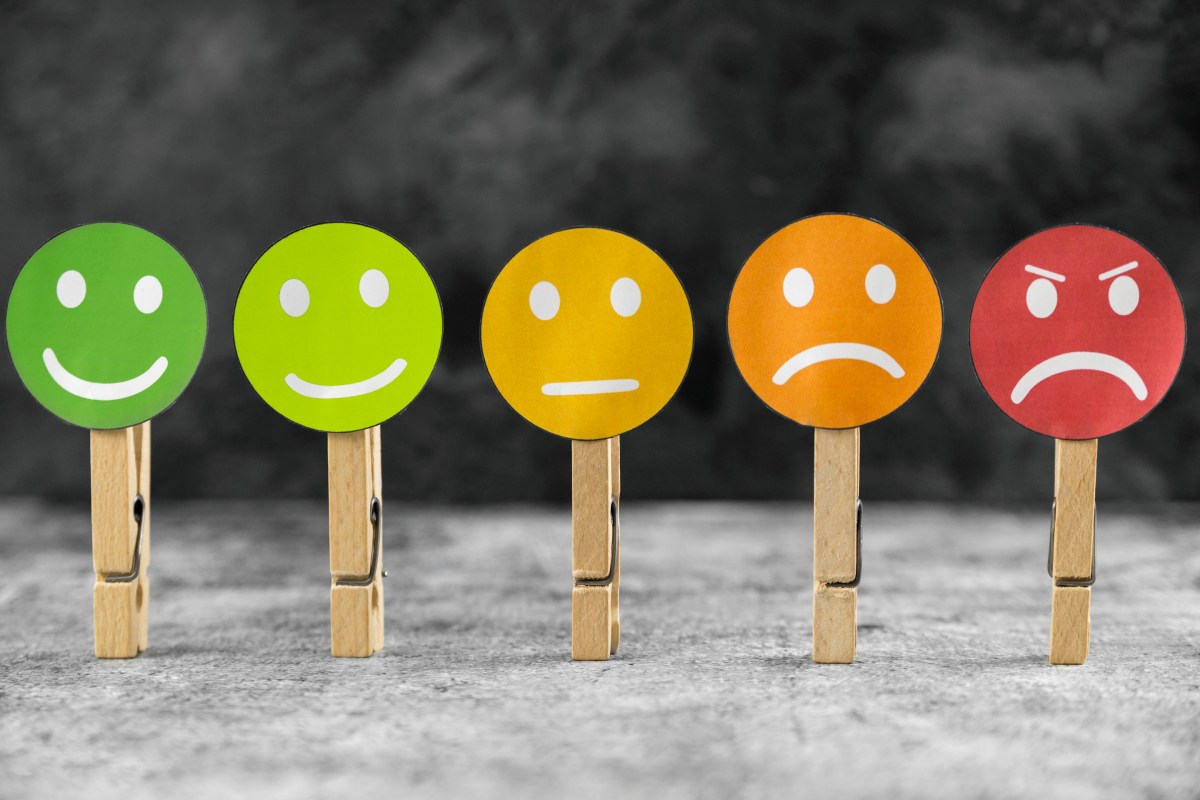
Photo Credit: Freepik.com
The Influence of Color on Mood: A Dive into Chromotherapy
Color psychology, also known as chromotherapy, explores the impact of colors on human emotions and behaviors. Research suggests that different colors can evoke distinct emotional responses. For instance, warm colors like red and yellow are often associated with energy, passion, and positivity, while cool colors like blue and green may convey calmness and tranquility.
Studies indicate that exposure to specific colors can affect physiological reactions. For instance, research by Kwallek et al. (2019) found that individuals in red environments experienced increased heart rates and higher levels of arousal compared to those in blue environments. This suggests that color can play a role in influencing our autonomic nervous system.
Moreover, cultural variations contribute to the interpretation of colors. In a cross-cultural study by Lee and Middlestadt (2020), it was observed that individuals from different cultural backgrounds attributed diverse meanings to the same color. Understanding these cultural nuances is crucial when considering the application of chromotherapy in various settings.
In practical terms, businesses and interior designers often leverage color psychology to create environments that align with desired emotions. Hospitals may incorporate calming blues and greens to promote a sense of tranquility, while restaurants may use warm tones to stimulate appetite and create a lively atmosphere.
In conclusion, the influence of color on mood is a fascinating area of study with both psychological and cultural dimensions. As we delve deeper into chromotherapy, it becomes evident that the colors surrounding us can significantly impact our emotions, well-being, and even physiological responses.
Did you know every year a color of the year is chosen?
How is research done to decide on the color or the year?? –
Research to determine color trends for a particular year is a multidisciplinary process that involves insights from various fields such as design, psychology, marketing, and cultural studies.
Here’s a simplified overview of how this research is typically conducted:
1. Design Agencies and Trend Forecasters:
Design agencies and trend forecasting companies play a key role in predicting color trends. These entities often have teams of experts who analyze various sources to identify emerging patterns.
2. Market Analysis:
Research begins with a thorough analysis of current market trends. This involves studying recent design projects, fashion shows, interior design concepts, and consumer preferences.
3. Cultural and Social Influences:
Researchers consider cultural and social influences that may impact color choices. This includes examining art, music, films, and other cultural phenomena that might shape aesthetic preferences.
4. Consumer Surveys and Feedback:
Surveys and feedback from consumers provide valuable data. Companies often gather insights through online surveys, interviews, and social media to understand what colors resonate with their target audience.
5. Psychological Considerations:
Color psychology is a significant factor. Researchers study how different colors can evoke emotions and influence consumer behavior. For example, they might choose calming tones during times of uncertainty or vibrant colors to inspire positivity.
6. Global and Regional Variances:
Recognizing global and regional variations in color preferences is crucial. What works well in one part of the world may not be as appealing in another. Researchers consider these differences to tailor color choices to specific markets.
7. Collaboration with Industry Experts:
Collaboration with designers, artists, and industry experts provides a diverse perspective. Input from professionals who are immersed in creative fields helps ensure that color choices align with current artistic and design sensibilities.
8. Historical References:
Studying historical color trends can provide insights into cyclical patterns. Colors that were popular in the past may make a comeback, influenced by a sense of nostalgia or a desire for innovation.
9. Technology and Innovation:
Advancements in technology and materials can also impact color choices. New materials and production techniques may open up possibilities for unique and innovative color palettes.
10. Testing and Iteration:
Before finalizing a color trend, there may be testing and iteration phases. This involves creating prototypes, conducting focus groups, and refining color choices based on real-world feedback.
By synthesizing information from these various sources, researchers and trend forecasters strive to make informed predictions about the colors that will dominate design and fashion in a given year. It’s a dynamic and creative process that balances analytical insights with a keen understanding of evolving cultural and aesthetic preferences.
Winding Up:
In the realm of color psychology and chromotherapy, we’ve explored the profound connection between hues and human emotions. Colors not only influence aesthetics but also impact well-being and physiology, strategically employed by businesses. The annual “Color of the Year” selection involves a meticulous process, integrating insights from diverse fields. In Mumbai’s psychotherapy landscape, embracing Imperfect emerges as a potent therapeutic approach, fostering well-being in a city known for resilience. In this dynamic interplay of emotions and colors, acknowledging imperfection becomes a testament to the inherent beauty of the human experience.
– Urveez Kakalia.
